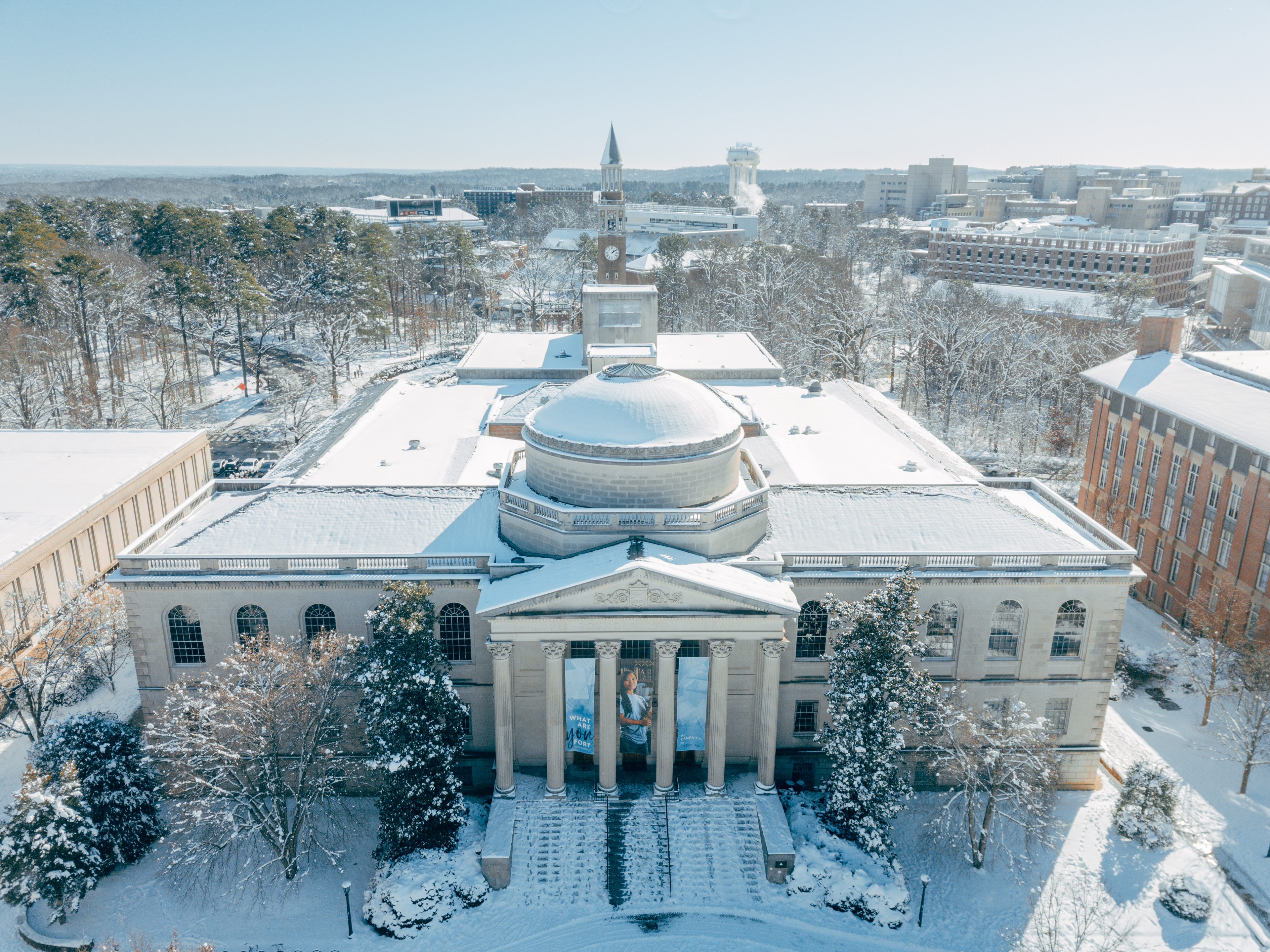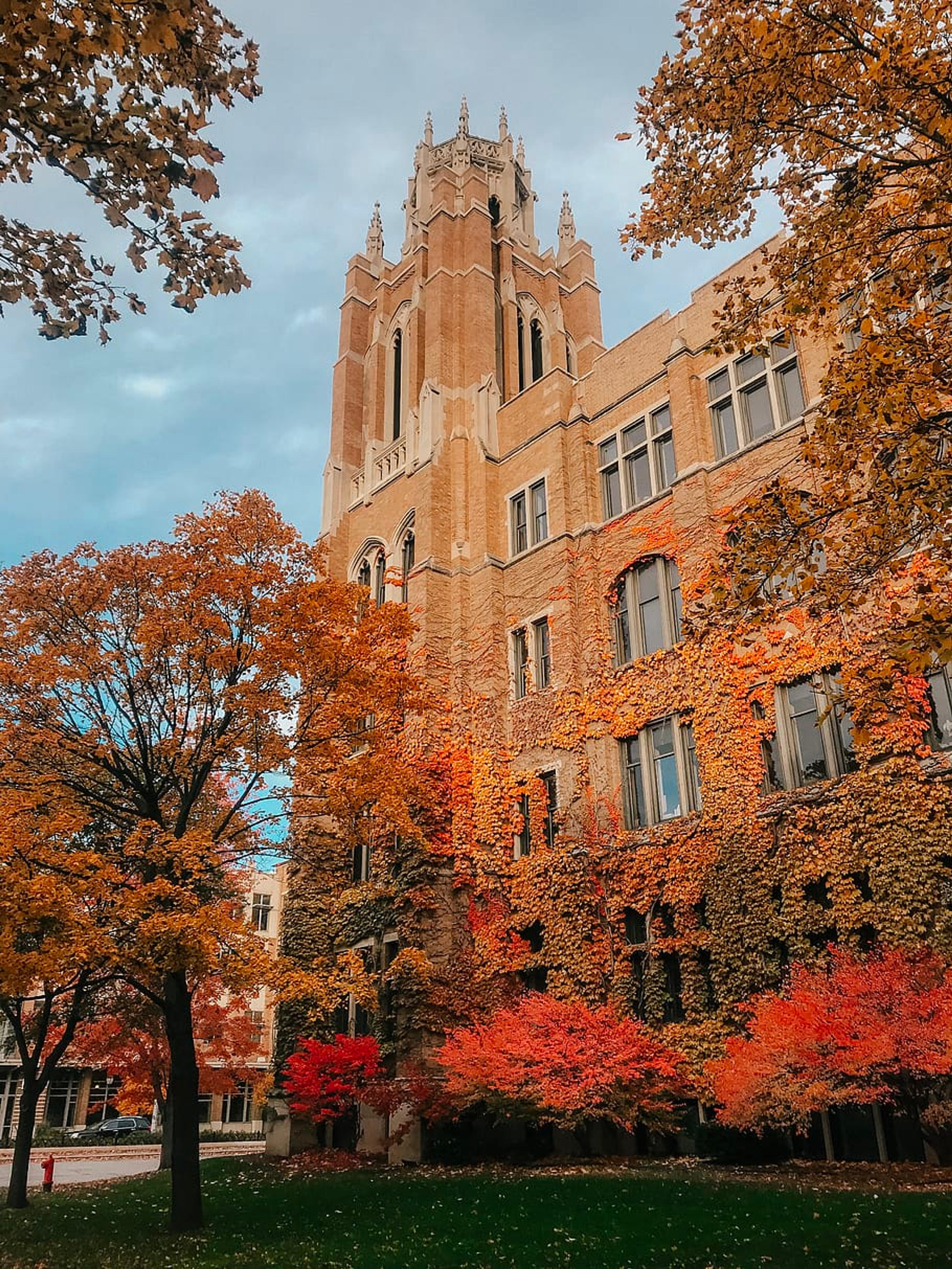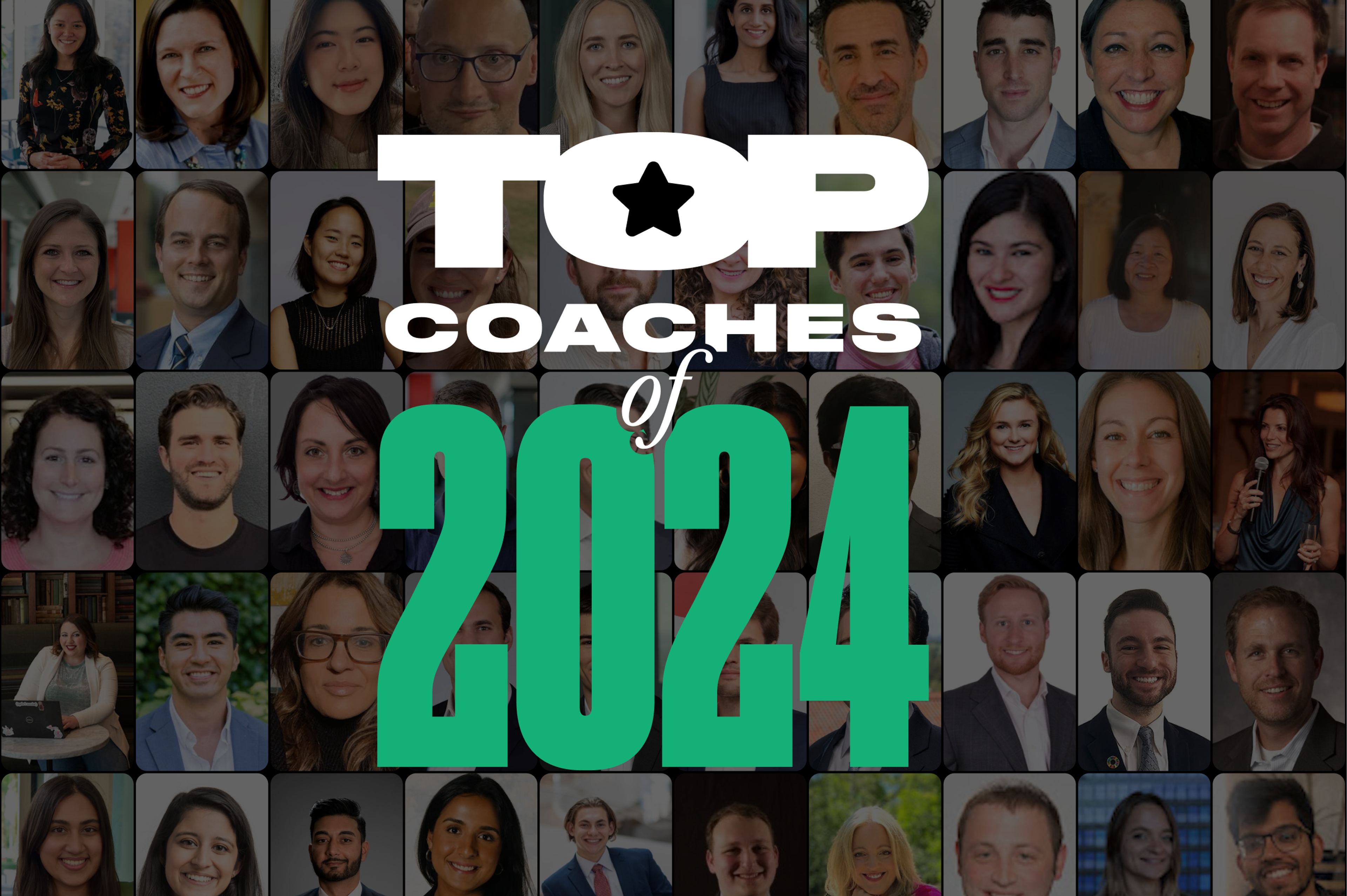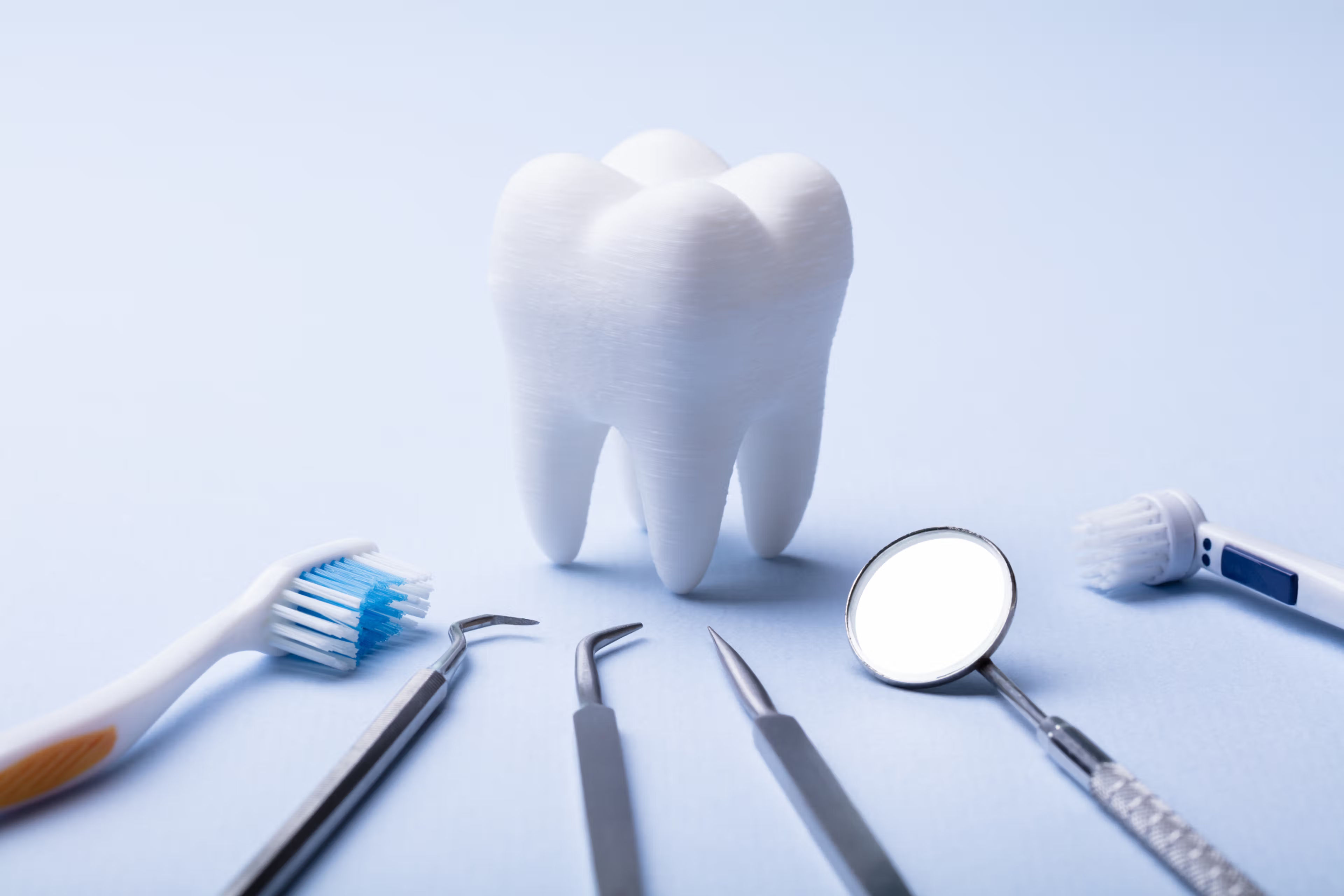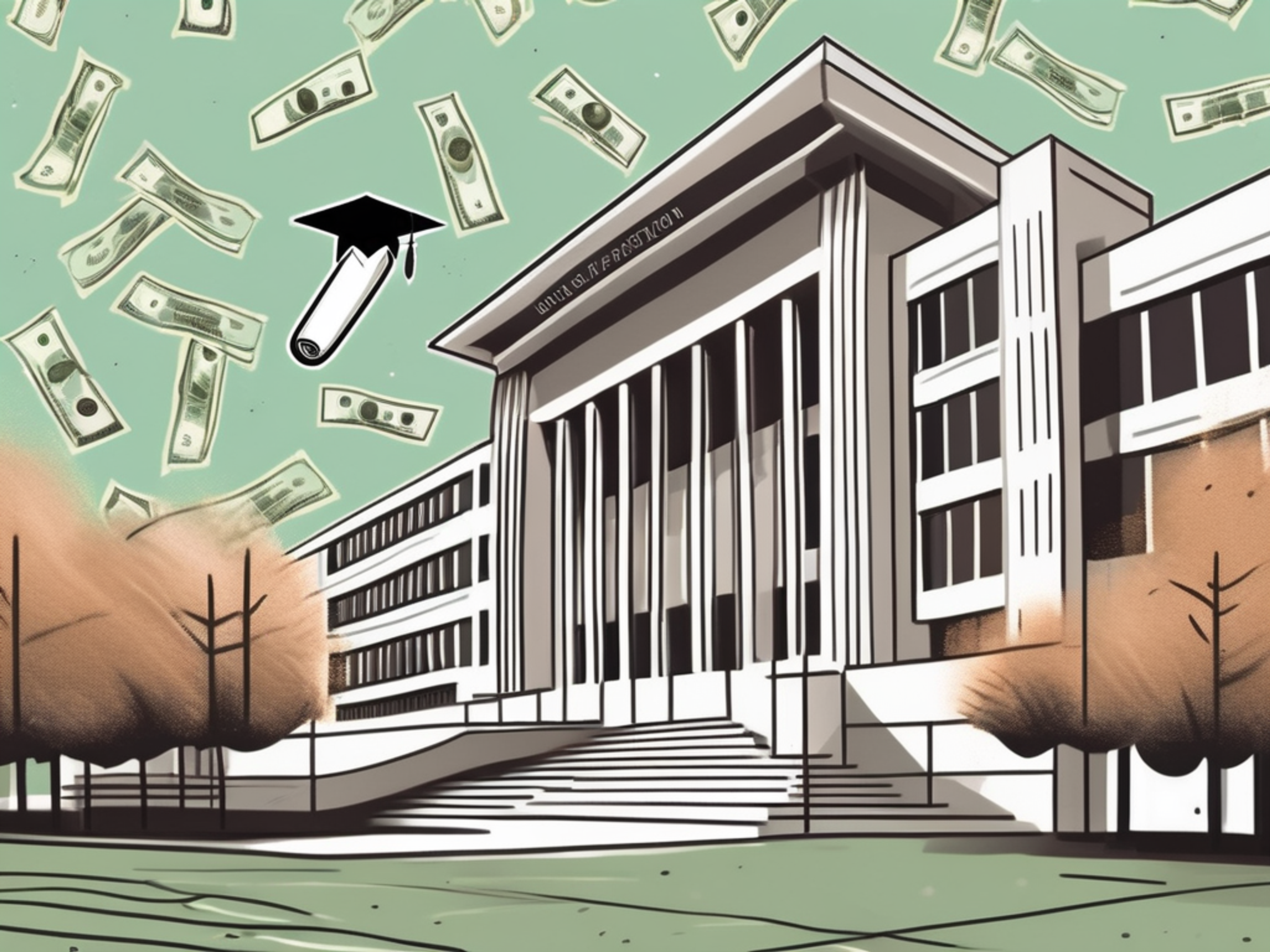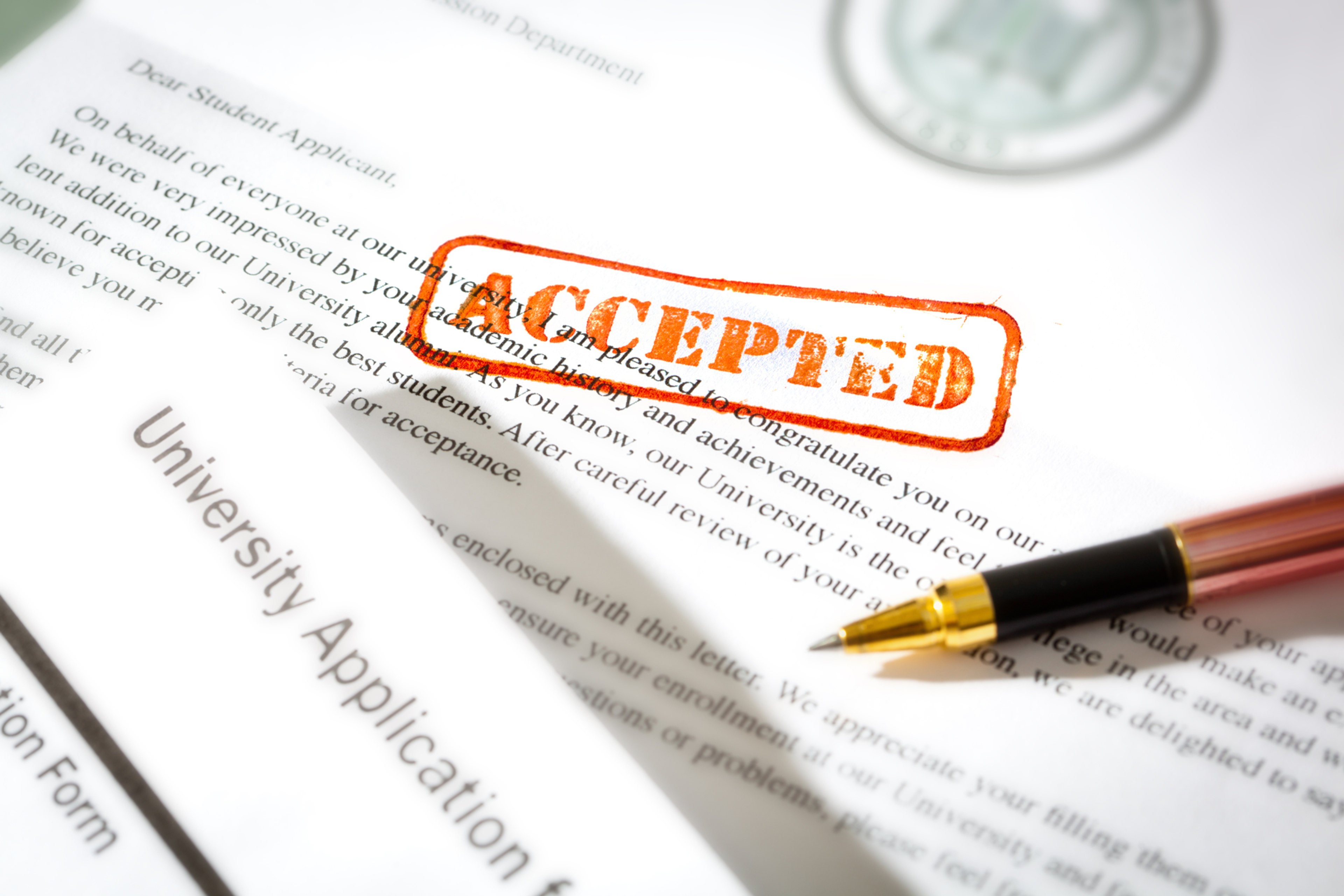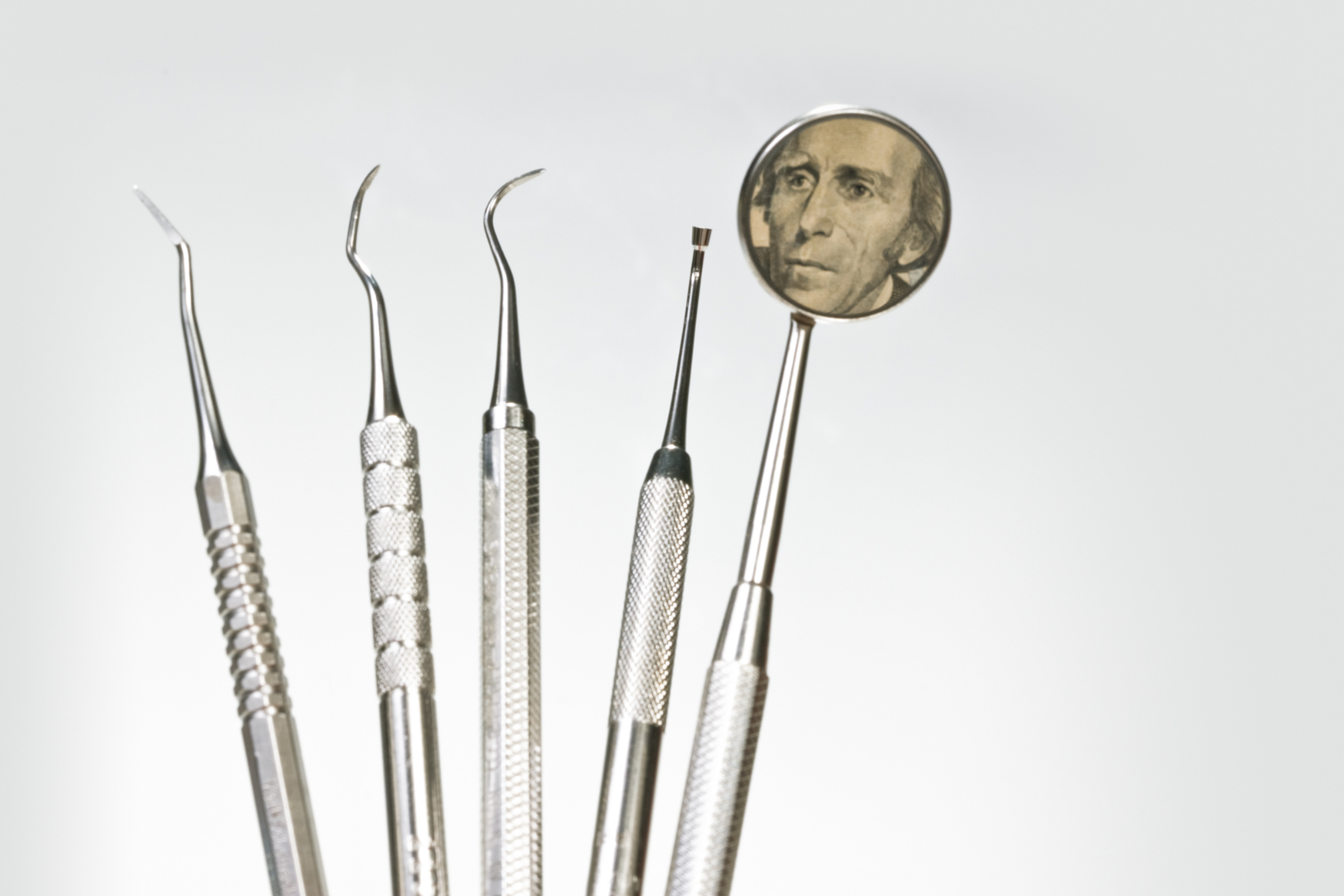The Complete Guide to the Dental School Application
Are you an aspiring dentist planning on applying for dental school soon? Explore each component of the ADEA AADSAS dental school application process below.
Posted March 6, 2025
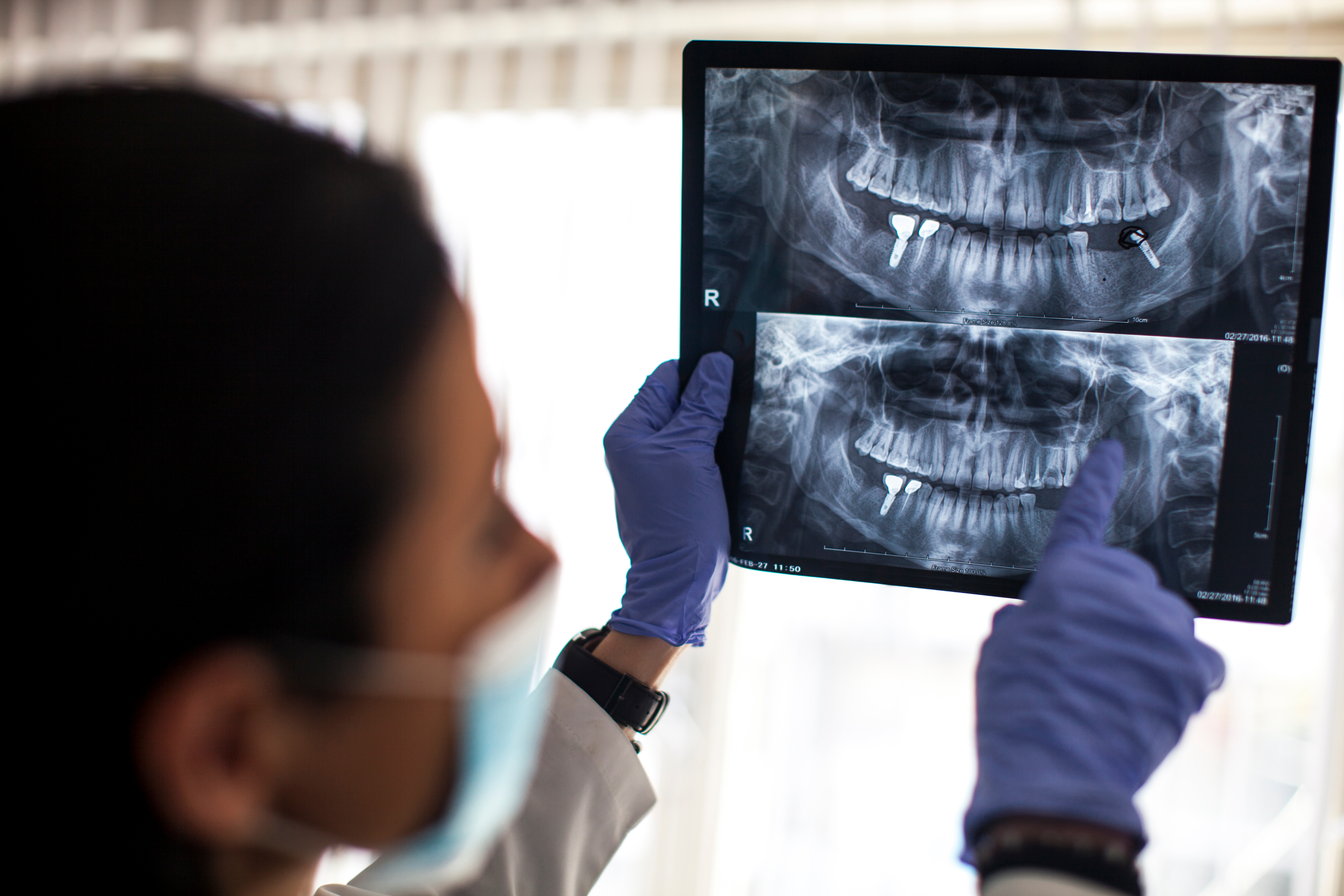
Table of Contents
Applying to dental school can be an overwhelming process, with multiple steps in the process, including the submission of a primary ADEA AADSAS application, DAT standardized test scores, interviews, and more. This comprehensive guide will walk you through each step of the dental school application and demystify the process so you can maximize your chances of admission to the dental school of your dreams.
American Dental Education Association
The dental application process is administered by the American Dental Education Association, or the ADEA, the national academic dentistry organization. All 80 American and Canadian dental schools are members of the ADEA, so you’ll need to utilize its application service, the ADEA Associated American Dental Schools Application Service (ADEA AADSAS), to apply to most American and Canadian dental programs. Texas residents applying for in-state programs, however, will need to use the Texas Medical and Dental Schools Application Services.
The ADEA AADSAS Application
As a centralized application service, the ADEA AADSAS simplifies measures of academic performance: it verifies all official transcripts and calculates ADEA AADSAS GPAs to standardize GPAs between applicants. The ADEA AADSAS also receives DAT scores from the American Dental Association (if you took the U.S. version of the DAT) or the Canadian Dental Association (if you took the Canadian version).
You’ll need to pay $264 for the first program you apply to and $115 for each additional program. If you are applying for Canadian dental schools, you’ll receive a 25% discount to account for the exchange rate difference. U.S. citizens, permanent residents, and applicants with DACA status may also apply for the Fee Assistance Program, which waives the fee payment for the first three schools, if they and their families earn less than 200% of the federal poverty line.
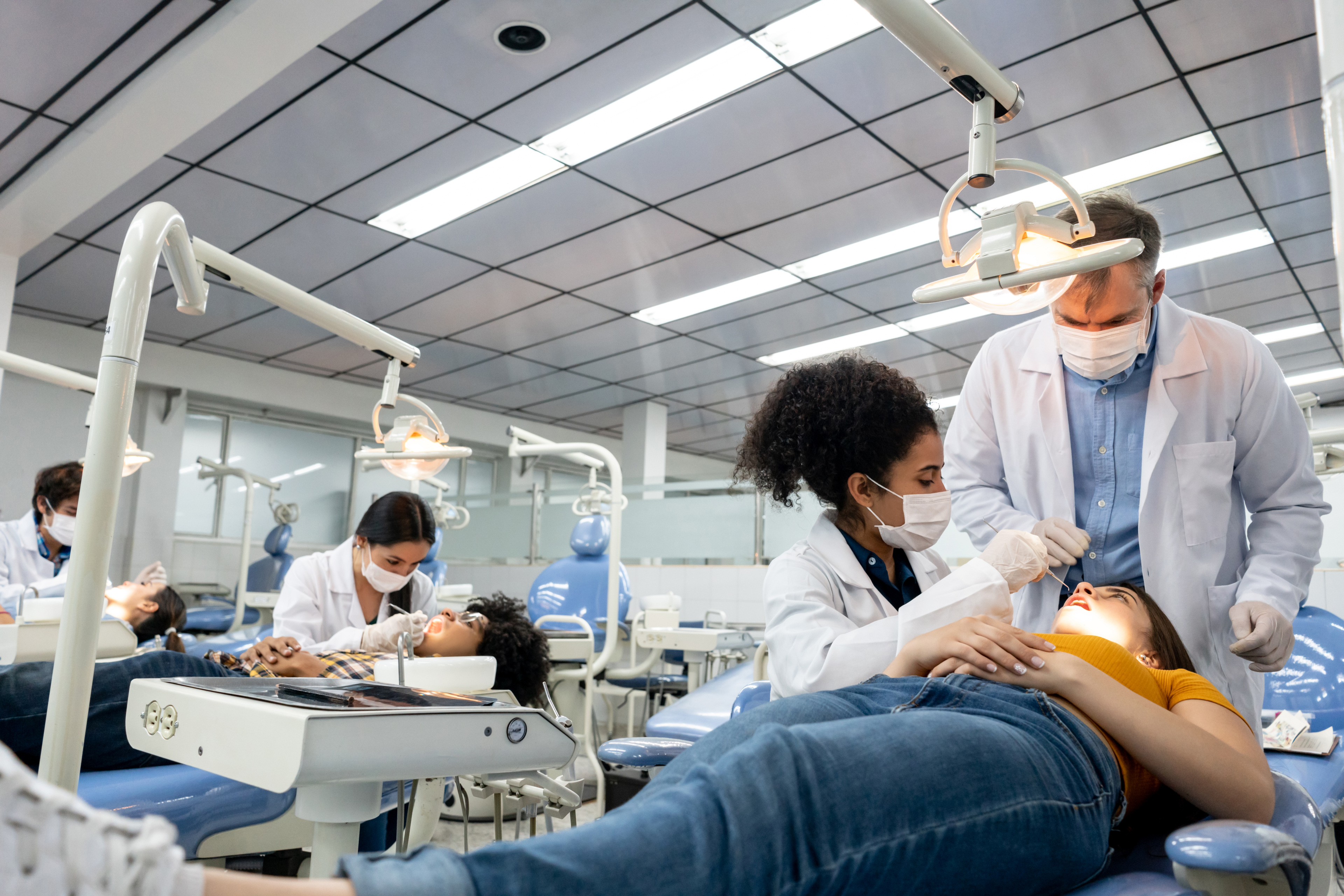
ADEA AADSAS Deadlines (2024-2025 Application Cycle)
| Application Opens | May 14, 2024 |
| Application Submission Opens | June 4, 2024 |
| Applications Close | February 7, 2025 |
These dates may be subject to changes, so check the official ADEA AADSAS page for the most up-to-date information. Many dental schools also have their own application deadlines, so check each individual school admission page for its application timeline.
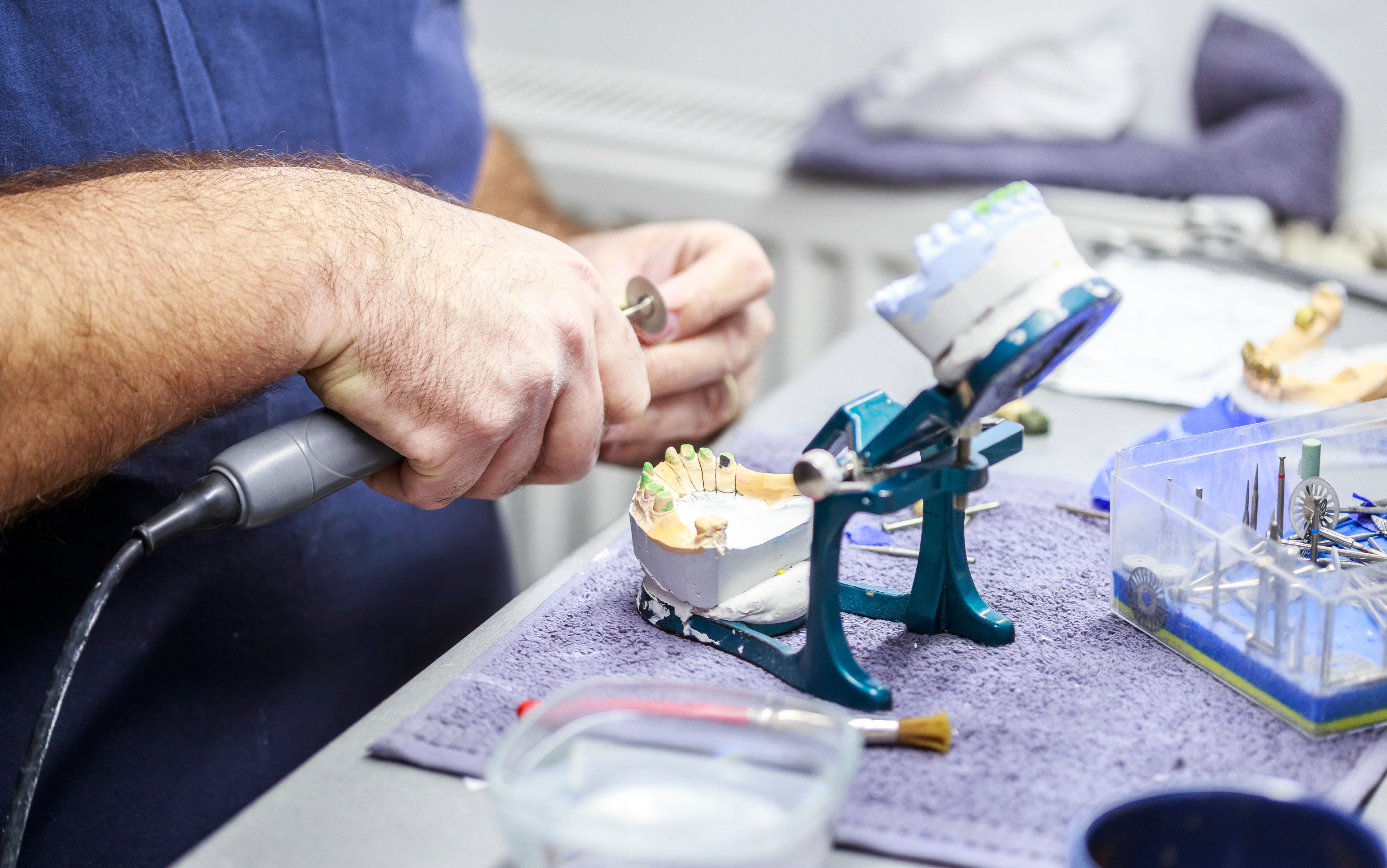
Personal Information
The personal information section is where you’ll fill out your biographic, contact, and citizenship information. You’ll also need to fill out information about your parents or guardians, environmental factors (such as if you have any relatives who are dentists), and race and ethnicity to help the ADEA and individual schools’ admissions committees calculate various admissions statistics. In this section, you’ll also need to enter:
- Your DENTPIN, assigned to you by the American Dental Association
- Intent to apply, or when you plan on beginning dental school
- Language proficiency
- Military status
- License or academic infractions
- Previous attendance of or applications to other health profession programs
- COVID-19 impact on your education
- Education interruption
- Previous applications to dental schools
- Manual dexterity activities (such as sewing, auto repair, or playing an instrument)
- First-generation college student status
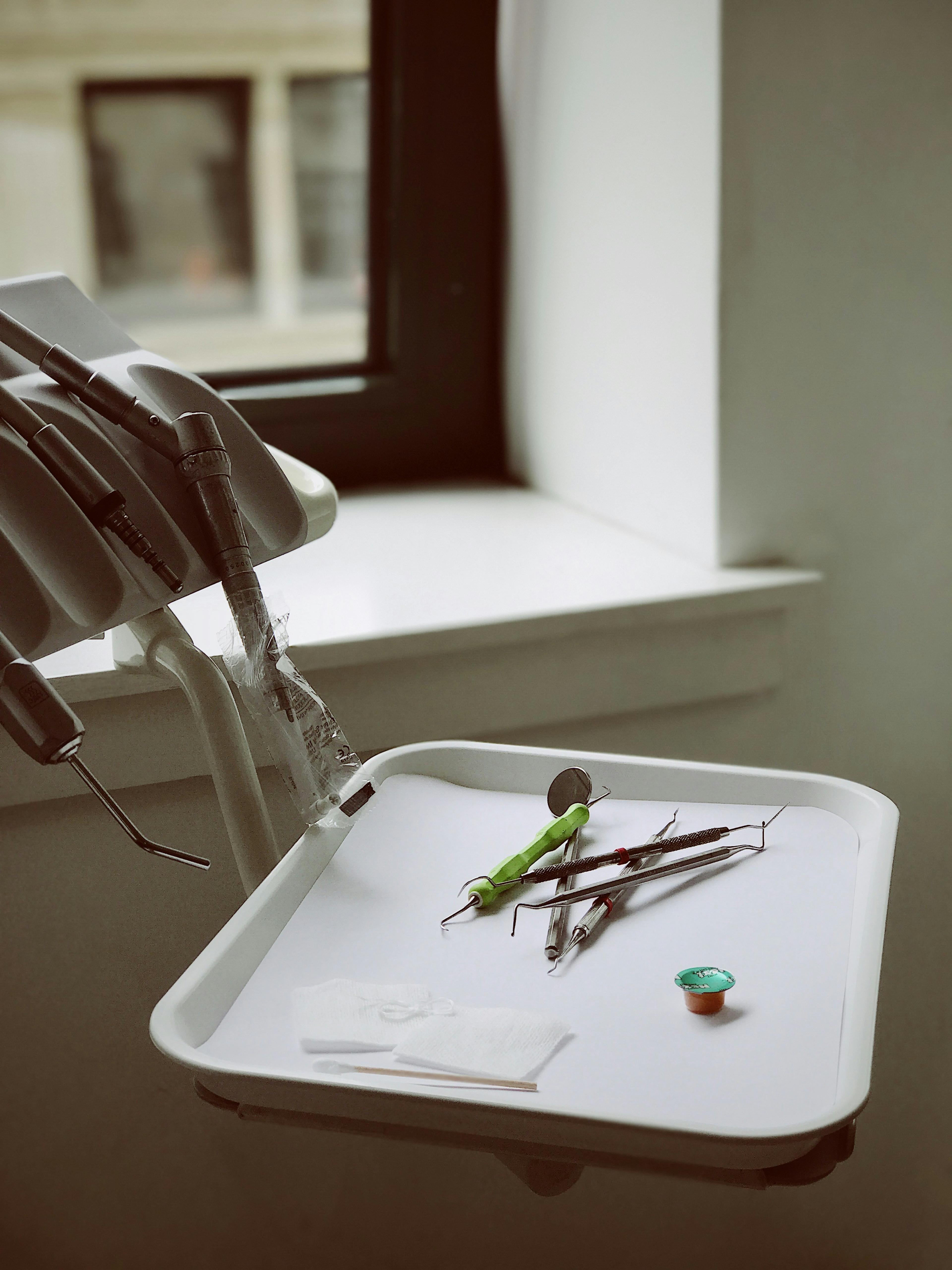
Academic History
In the academic history section, you’ll need to include:
- The high school you attended
- Official transcripts from colleges and universities attended, including:
- Study-abroad or foreign courses
- If you attended a foreign or French-Canadian institution for your undergraduate studies, you will need to submit foreign evaluations form Educational Credential Evaluators or World Education Services
- Summer courses
- Community college courses
- Courses taken in high school for college credit
- Postbaccalaureate, graduate, or doctoral coursework
- US military academies
- Courses in progress
- Study-abroad or foreign courses
When entering your credit hours, you’ll need to select your course subjects based on the ADEA AADSAS standardized list of course subjects. The ADEA AADSAS will not begin the review process until you submit your official transcripts.

In this section, you’ll also report your scores from standardized tests such as the Dental Admission Test (DAT), the standardized test required for admission to any dental program and is administered by the ADA. You can also include any tests you are planning to take.
The DAT is 4.5 hours long with a $525 fee, divided into four multiple choice sections:
- Survey of the Natural Sciences (100 questions): This section includes 40 Biology questions, 30 General Chemistry questions, and 30 Organic Chemistry questions
- Perceptual Ability (90 questions): This section is broken into six topics: Apertures, View Recognition, Angle Discrimination, Paper Folding, Cube Counting, and Spatial Relations/3D Form Development
- Reading Comprehension (50 questions): This section tests your ability to thoroughly read and analyze three scientific texts
- Quantitative Reasoning (50 questions): This section evaluates your mathematical abilities in Algebra; Data Analysis, Interpretation, and Sufficiency; Probability and Statistics; and Quantitative Comparison
The test is graded on a scale from 1 to 30, with 19 being the average, into three categories:
- Academic Average: A rounded average of your scores in Biology, General Chemistry, Organic Chemistry, Quantitative Reasoning, and Reading Comprehension
- Total Science: Your score on the Survey of the Natural Sciences section
- Perceptual Ability Test: Your score on the Perceptual Ability section
The ADA will directly send your DAT scores to the ADEA AADSAS and any program you request. The ADEA AADSAS will accept DAT scores even after you submit your application, but many dental schools will require you to complete the exam and submit your scores by certain deadlines. Prospective international dental students may need to submit TOEFL scores depending on the requirements of each school’s program.
Supporting Information
The supporting information section, despite its name, is the most important part of your dental school application. Here, you’ll demonstrate your knowledge of and commitment to the field of dentistry. You’ll submit up to four letters of evaluation from recommenders who can speak to your academic strengths, personal characteristics, and potential for success as a future dental student, such as a dentist you shadowed, a college science professor, or employer. You can also choose to submit three individual letters and one committee letter or packet. Most dental schools require three recommendation letters with one from a science professor and for the committee letter to be from a health professions advisor committee, but check the application requirements for each dental school for more information. Gathering letters of evaluation can be a lengthy process, so make sure you start early enough for your recommenders to have ample time to write and submit their letters to the ADEA AADSAS to avoid delays.
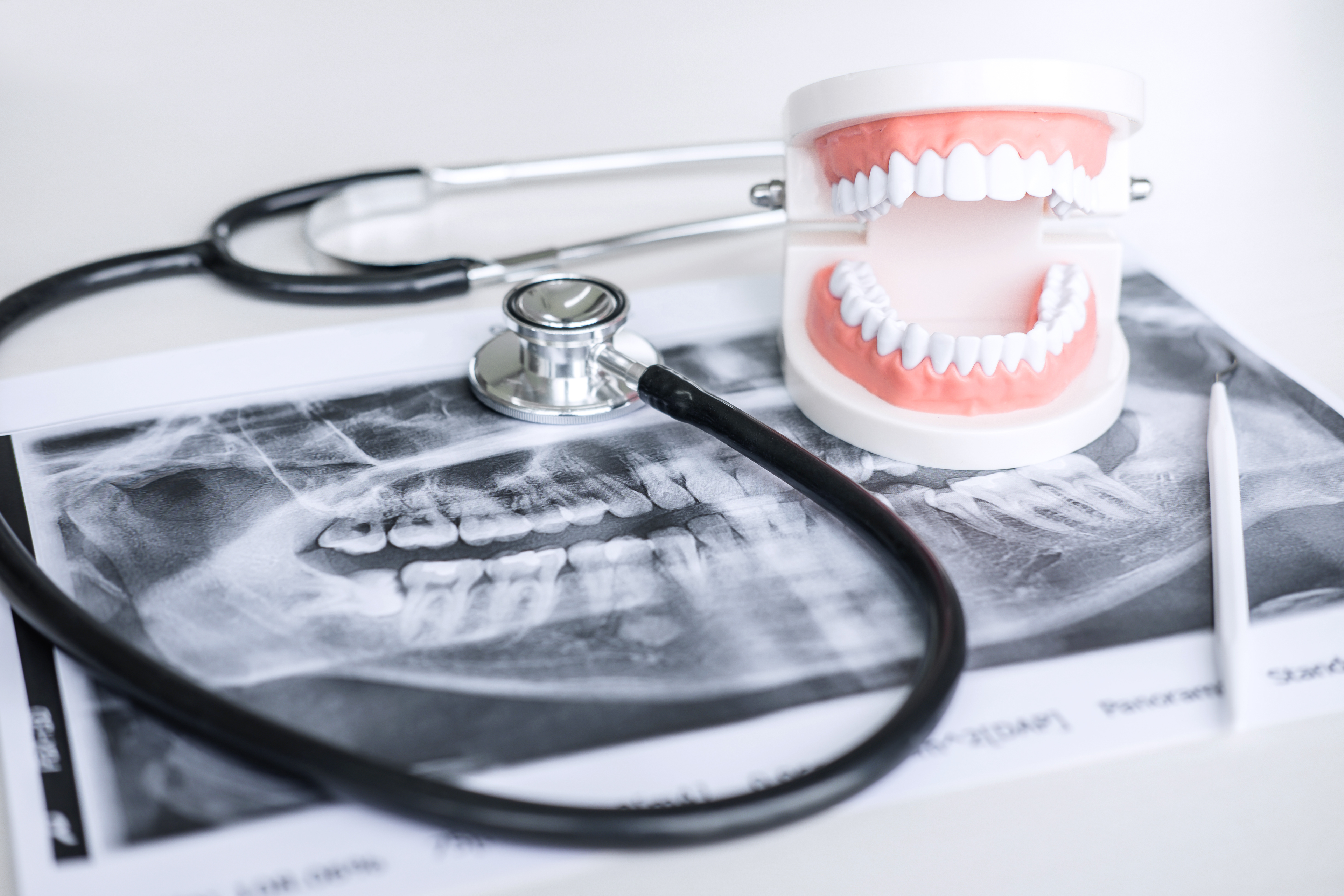
This section is also where you’ll list any relevant experiences and extracurricular activities. These can be dental-specific, such as dental work, research, or shadowing experiences, or non-dental, such as academic enrichment completed during your college or university years, non-dental professional experiences, volunteering, or student organization experiences. Some dental schools may require your shadowing experience be a certain amount of hours of in-person observation of dental procedures or patient interactions at a dental office, so make sure to note any school-specific requirements. Non-dental experiences are also crucial, as they demonstrate your commitment to social issues, personal development, leadership qualities, and problem-solving abilities outside of an academic setting. Unique experiences you can show authentic passion for can all help your dental school application stand out from a highly competitive pool of dental school applications to the admissions committee.

You’ll also need to submit your personal statement, which should be less than 4,500 characters and explain why you want to pursue dentistry. Since your personal statement will be sent to all dental schools you apply to, keep it general to the field of dentistry. It’s important to demonstrate both knowledge of and authentic passion for dentistry, whether you’re looking to become a practicing dental professional, researcher, or educator.
Finally, you can also use this section to list any achievements earned (such as scholarships, awards, or honors) or professional licenses obtained.
Program Materials
Certain dental programs may require you to submit additional materials in this section. This may include additional essays such as why you want to attend that specific dental school, official documents, or prerequisite courses.
Top Dental School Admissions Coaches
After Submitting the ADEA AADSAS Application
Academic Update Periods
The academic update periods allow you to update the academic history section in your ADEA AADSAS application to reflect any courses completed. The first academic update period occurs between August and September, and the second academic update period occurs between December and February.

Supplemental Applications
After completing your primary dental school application through the ADEA AADSAS, you may be invited to complete a supplemental application through a dental school’s own application service. The supplemental application varies depending on each dental school, but most request additional information about you as an applicant through short essays answering prompts such as “Why do you want to attend this program,” “Describe an obstacle you have overcome,” or “Describe your familiarity with the dental field.” You may also need to submit a supplemental application fee.
Interviews
After completing the primary ADEA AADSAS application and any supplemental applications, you may be invited by dental schools to interview for admission. The interview format varies depending on each dental school, and you may be interviewed by an admissions officer, current dental student, faculty member, and/or alumnus, who will most likely have reviewed your application in depth beforehand.

- Traditional Interview: The traditional dental interview is a one-on-one interview that generally takes place on campus. The questions tend to be behavioral in nature, intended to get to know you beyond your application materials. In addition to the interview itself, you may also participate in a financial aid session and/or a campus tour.
- Panel Interview: Like the traditional one-on-one interview, a panel interview is usually conducted in-person with mostly behavioral questions. However, you’ll be interviewed by a panel of interviewers, as multiple interviewers can curb each others’ bias.
- Multiple Mini Interviews: Think of the multiple mini interviews as speed dating: you’ll get just a few minutes at each “station,” each with its own interviewer. In this format, you’ll need to focus on being concise and prepared to make the most of your limited time at each station. The MMI questions are usually situational and require you to imagine yourself in a clinical scenario.
- Video Interview: Starting in the 2021-2022 application cycle, many dental schools switched to video interviews. These tend to follow the same format as the traditional interview, with one-on-one behavioral questions.
- Asynchronous Virtual Interview: Some dental interviews are completely asynchronous now, with applicants submitting recorded answers to pre-selected questions through a platform such as Kira Talent on their own time.
If you are invited to interview in-person with multiple dental schools, make sure you have enough time to travel between the campuses. Some admissions offices provide housing support for applicants from out of state, which will usually be included in your interview invitation.
The interview is the last step in the dental school application process, so all that’s left is to wait for notifications of admissions decisions from the programs you applied to!
Key Takeaways
- Dental school applications are facilitated by the ADEA Associated American Dental Schools Application Service, or the ADEA AADSAS
- The ADEA AADSAS opens in May and closes in February
- The core components of a dental school application are: a strong academic record, competitive DAT scores, letters of evaluation, a personal statement, extracurricular activities and/or shadowing, and interviews
- Many dental programs have their own application requirements, so it’s important to review the admissions pages of each program
Interested in learning more about the application process? Check out the resources below:
- Dental School Application Checklist (2023): What You Need to Apply
- University of the Pacific Dental School: Application Requirements and Program Overview (2023-2024)
- The Most Common Dental School Interview Questions–and How to Answer Them
- How to Apply to Dental School as a Non-Traditional Applicant: Tips and Strategies for Success
- NYU College of Dentistry: An Overview of Admissions Requirements


